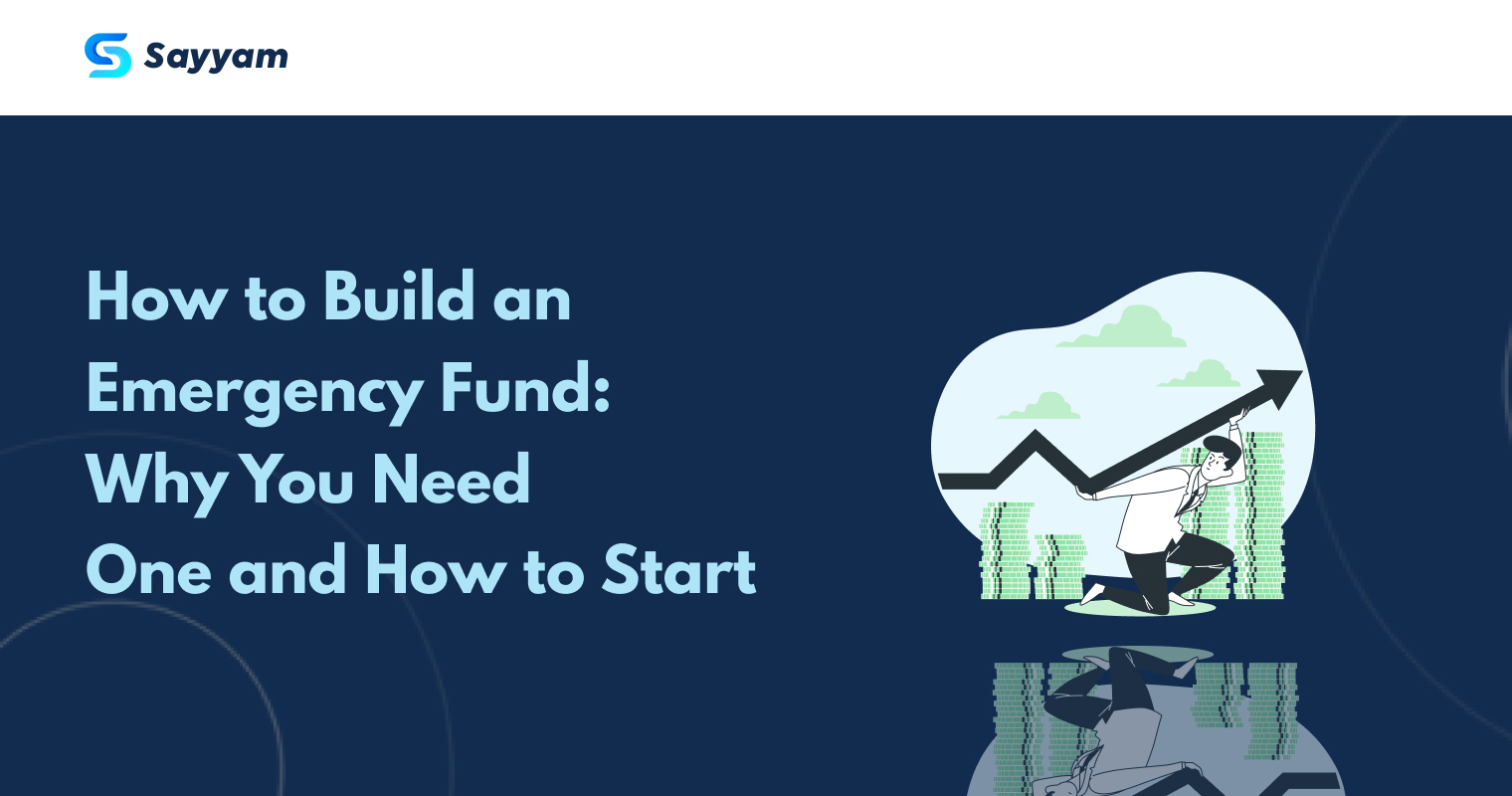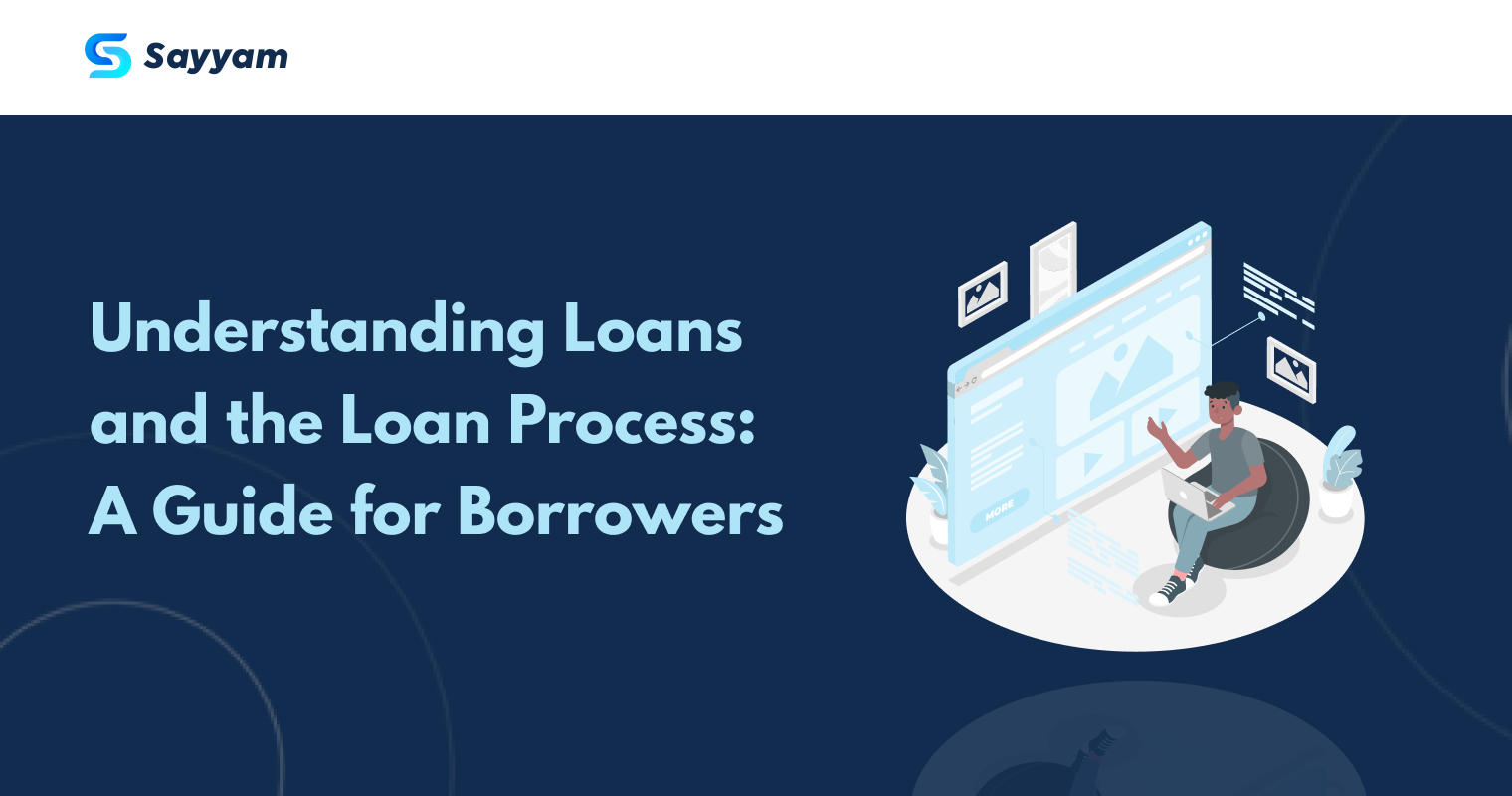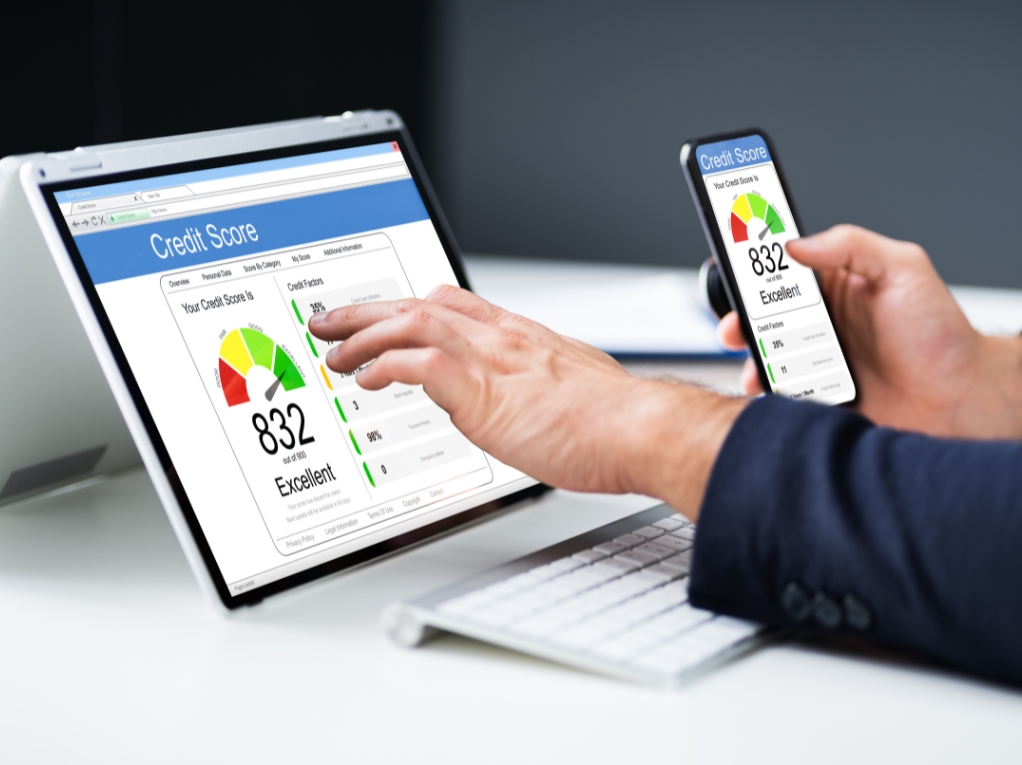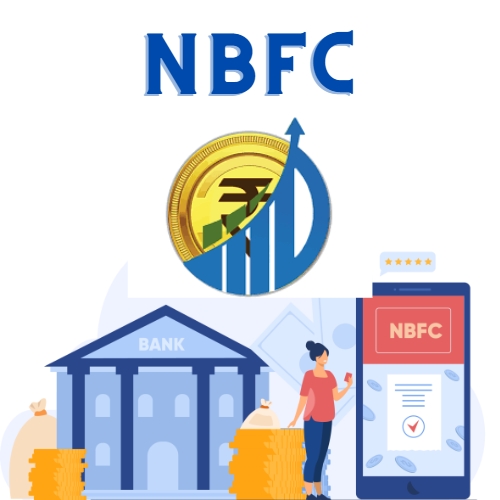
How to Build an Emergency Fund: Why You Need One and How to Start
Introduction: Overview of Building an Emergency Fund
What if you encounter an unexpected medical emergency (we wish you and your family a healthy life)? Or, face a situation where you lost your job or maybe, let’s take even a positive situation— get your house repaired? What will you do in these situations? Use your savings? You can, but it’s not a wise choice and this is where you use your emergency fund. It is one of the most crucial steps you take towards experiencing that feeling of financial stability. Many people in India don’t even have knowledge of this, and they fall into debt. They rely on personal loans or credit cards during emergencies, which is never advisable. Following all these, we will help you understand the extreme importance of emergency funds, how you can build one, and how to save for it.
What is an Emergency Fund?
Do you understand what an emergency fund is? Most of you may already know. Still, we will shed clear light on it. An emergency fund, in layman’s language, is a savings account just for covering unexpected expenses that life throws your way. Got an idea now? As we mentioned earlier, it helps you kick away the possibility of using loans or any other debt when you need money the most. But before building one, you should remember that your emergency fund should be easily accessible. Also, it should be completely separate from your regular savings or even investment accounts.
Emergency fund has types too, and they are:
1. Short Term Emergency Fund
Designed to cover small and immediate expenses, such as car repairs or minor medical bills. To give you a fair idea, this fund should cover almost three to six months of your essential expenses.
2. Long Term Emergency Fund
A larger fund aimed at supporting you during extended periods of financial instability, such as job loss or prolonged medical treatments. The time period that you should keep in mind before building this fund should be about six months to a year.
The Importance of an Emergency Fund
Let’s tell you one thing straight— never underestimate the importance of an emergency fund. It provides peace of mind and financial security during unpredictable times. Without an emergency fund, you might be forced to rely on high-interest credit cards or personal loans, which can put you further into debt.
Putting forward some of the key benefits of emergency funds:
1. Financial security and peace of mind
2. Protection against accumulating debt
3. Increased ability to achieve long-term financial goals
4. Flexibility to handle unexpected expenses without derailing your budget
How to Build an Emergency Fund
Building an emergency fund may seem challenging, but breaking the process into small, manageable steps can make it much more achievable.
1. Create a Savings Habit
Begin by setting aside a small, manageable amount each week or month. The key is consistency because even small amounts will add up over time.
2. Open a Dedicated Account
Keeping your emergency fund separate from your regular savings or checking account will reduce the temptation to spend it. Consider opening a high-yield savings account.
3. Manage Your Cash Flow
Always keep an eye on your income and expenses so that you know the leakages, if any and can adjust according to that. If you are able to strike a fine balance, direct the savings to your emergency fund.
4. Take Advantage of One-Time Opportunities to Save
Use bonuses, tax refunds, or unexpected earnings to boost your emergency fund. These windfalls can accelerate your savings.
5. Make Your Savings Automatic
Automating your savings by setting up recurring transfers to your emergency fund ensures consistency and discipline.
6. Save Through Work
Many employers offer schemes to automatically deduct a portion of your salary toward savings. Utilize these options to build your fund in a steady manner.
How to Save for an Emergency
Effective saving strategies are essential for building a strong emergency fund.
1. Set Clear Goals
If you don’t know how much you want to save and by when, you’ll not be able to achieve it. On the contrary, if you have set your goals, boom, your emergency fund will be under construction.
2. Create a Budget
Again, break down your expenses and identify areas where you can cut costs and redirect those savings to your emergency fund.
3. Automate Savings
This is one of the best ways to be assured that your money is accumulating as savings. So, step up now and automate your transfers (after you have read this article)!
4. Reduce Debt
Paying off high-interest debts will free up more money for your emergency fund.
5. Separate Accounts
Always, remember, always keep your emergency fund in a separate account and avoid dipping into it for non-emergencies.
6. Windfalls and Bonuses
Direct unexpected earnings or bonuses towards your emergency fund to build it faster.
7. Regular Review
Periodically review your progress and adjust your savings goals if necessary.
Why is an Emergency Fund Important?
An emergency fund provides a financial safety net that protects you from going into debt during unexpected events. Without an emergency fund, you might have to rely on high-interest personal loans from a personal loan finance company or credit cards, which can impact your financial health to a great extent.
The benefits of emergency funds are numerous. They help you maintain financial stability, reduce stress, and provide a clear pathway toward achieving your financial goals. Whether it's a short-term emergency fund or a long-term emergency fund, building one is important for everyone.
Conclusion
In conclusion, building an emergency fund is more than important for financial stability and peace of mind, as it allows you to tackle unexpected expenses without hurting your financial goals. Whether you’re saving for short-term emergencies or building a long-term safety net, consistent effort and discipline will get you there.
Ready with the steps to jump-start emergency funds? Payrupik offers solutions to help you save and achieve your financial goals.
FAQ






